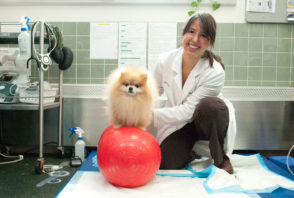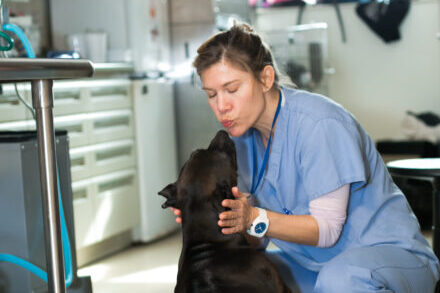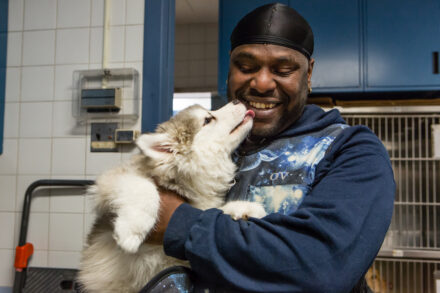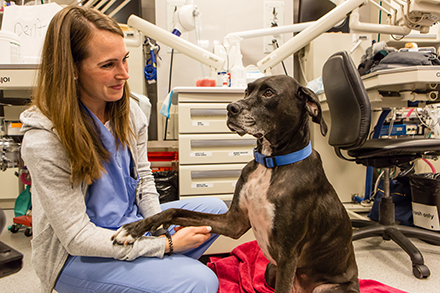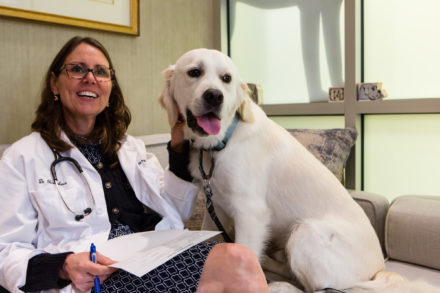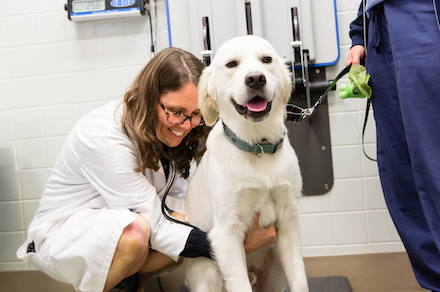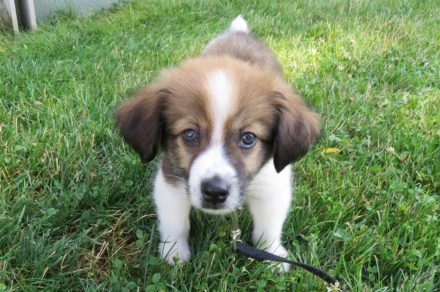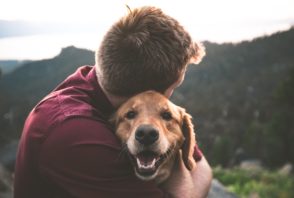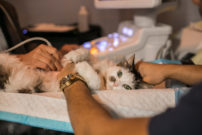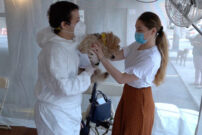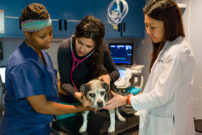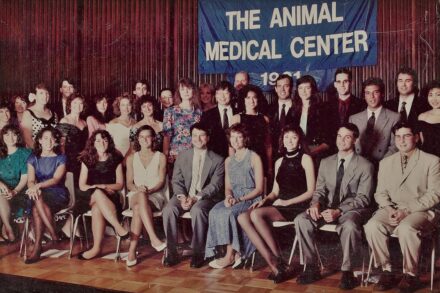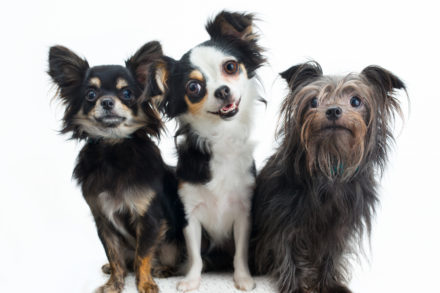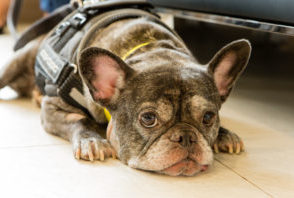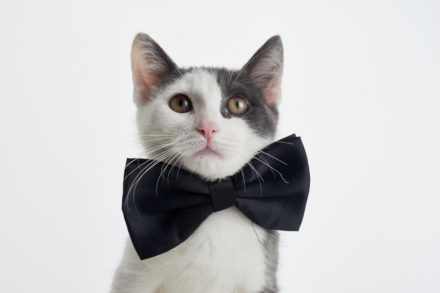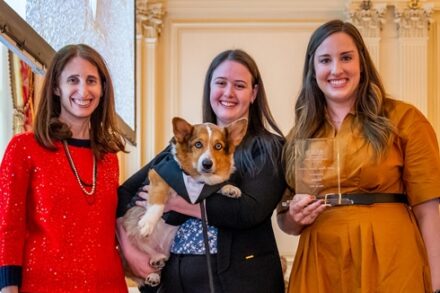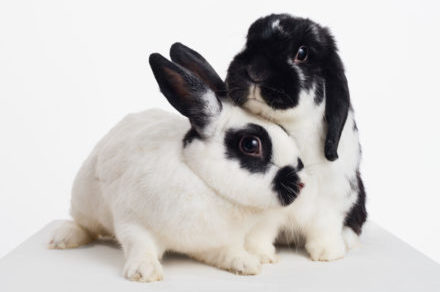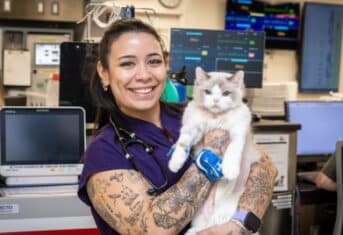Understanding Your Pet’s Body Language: What Cats and Dogs Are Really Saying
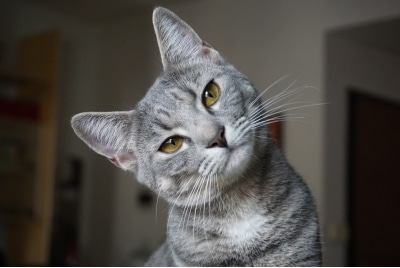
Understanding Your Pet’s Body Language: What Cats and Dogs Are Really Saying
Human body language refers to nonverbal communication that includes facial expressions, amount of eye contact, gestures, posture, how close you stand to someone, how you touch them and your tone of voice. While some people are very good at reading body language, others struggle. Since animals have a limited verbal repertoire, body language is their primary means of communication. Today’s blogpost will highlight some telltale nonverbal cues of cats and dogs.
Nonverbal Play Cues in Cats
For those of us with more than one cat, watching them play is an endless source of pleasure. Intercat play relies heavily on nonverbal cues between the two cats. The cat initiating play typically does something to engage the other cat – approaches, taps, or rolls on their back in front of the potential playmate. If the playmate reciprocates, a wrestling match ensues.
But, if the response is a hiss, a swat or a retreat, the invitation to play is rebuffed. Sometimes the initiator isn’t good at reading feline body language and tries to initiate play again. The intended playmate may escalate their response with an aggression such as a bite or may simply walk away. Continued escalation may require separating the cats until they cool off. If the initiator persists or threatens the potential playmate around the litterbox, your cat may develop risk litterbox aversion—a behavioral issue no cat owner wants.
Feline Facial Expressions
While play behavior engages a cat’s full repertoire of body language, feline facial expressions are more subtle. Feline facial expressions have practical applications in veterinary medicine, such as the feline grimace scale, a reliable and reproducible method of evaluating pain in cats.
Facial mimicry, the practice of matching facial expressions of another individual shortly after observing them, helps facilitate social interaction among mammals, including humans. Despite cats’ reputation as solitary creatures, studies show they use over 600 different facial signals in their interactions with other cats in community colonies and in multi-cat households.
This feline facial mimicry enables communication between cats and helps prevent misunderstandings leading to aggression. By watching our cats’ facial expressions, we can determine which of our cats are best buds. Cats that like each other hold their ears and whiskers forward and close their eyes. Cats that are frenemies rotate their ears back and flat against the head with their pupils constricted.
The Talking Tails of Dogs
Many dog owners view their dog’s tail as its de facto voice, wagging when happy and tucked when reprimanded. But canine tail communication is much more sophisticated that this simple interpretation. Research shows that dogs demonstrate left-sided wagging in the presence of unfamiliar or dominant dogs, while right-sided wagging occurs when they see their favorite person. Tail wagging shifts from left to right as a dog gets to know an unfamiliar person, with the most enthusiastic wagging reserved for their owners.
What Is Your Pet Trying to Tell You?
Understanding your pet’s body language can improve your relationship with your pet and help you respond to their needs and emotions. Pay attention to the subtle signals your furry companions are constantly sending—they have a lot to say if we know how to listen.
